So Do Succulents Like Humidity? No. Succulents do not like humidity much as some succulents may die because of High Humidity, whereas some varieties will manage to survive in mildly humid conditions but not for an extended time. Succulents love dry air and soil. Therefore, they can survive in dry conditions for a long time. Succulents will survive well below 30% relative humidity. More than 50% can cause fungal growth.
How to know if your Succulent is affected by Humidity?
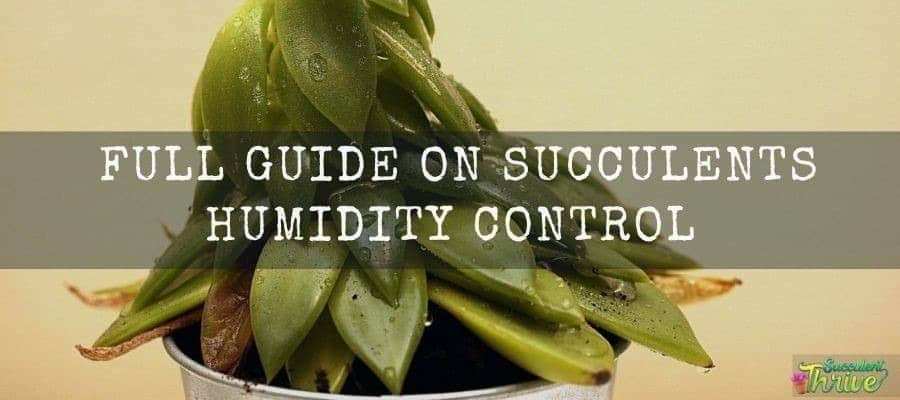
Humidity, in general, can affect every plant. As succulents grow well in dry soil and air, they don’t do well in humid conditions. High humid area can prevent the succulents from evaporating excess water, makes it difficult for the plants to take nutrients from the dirt, and causes fungi. As a result, your succulent can rot eventually.
When it’s humid, good wind circulation and careful watering will prevent rotting issues. If the moisture is high, the leaves and stems will show signs of rot; leaves will turn yellow and fall off.
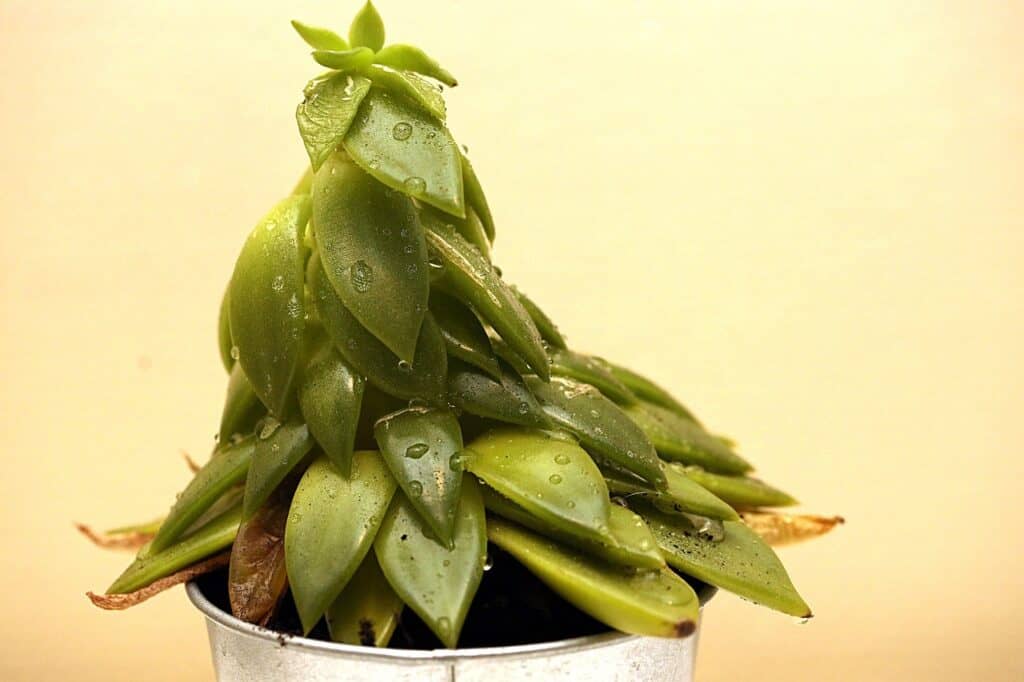
Can humidity kill succulents?
Succulents don’t prefer too much moisture. High humidity can cause fungal issues that will make the plants lose its leaves first, and eventually, the succulents will rot and die because water and moisture play a big part in the growth and health of a succulent.
Ideal Humidity Levels for succulent
You can prevent succulent related issues by knowing each plant care requirements and improving the humidity level. The relative humidity is the measurement of the moisture levels of a given air. It measures how much water vapor is present in the wind as a percentage compared to the amount it should have in a given temperature.
The Hygrometer measures the relative humidity. 10% – 40% humidity range, which is very dry, succulents will survive well below 30% relative humidity. More than 50% can cause fungal growth. The indoor temperature is the ideal moisture levels for succulents. Apart from that succulents have thick leaves that keep water. Therefore, they can survive in dry conditions for a long time.
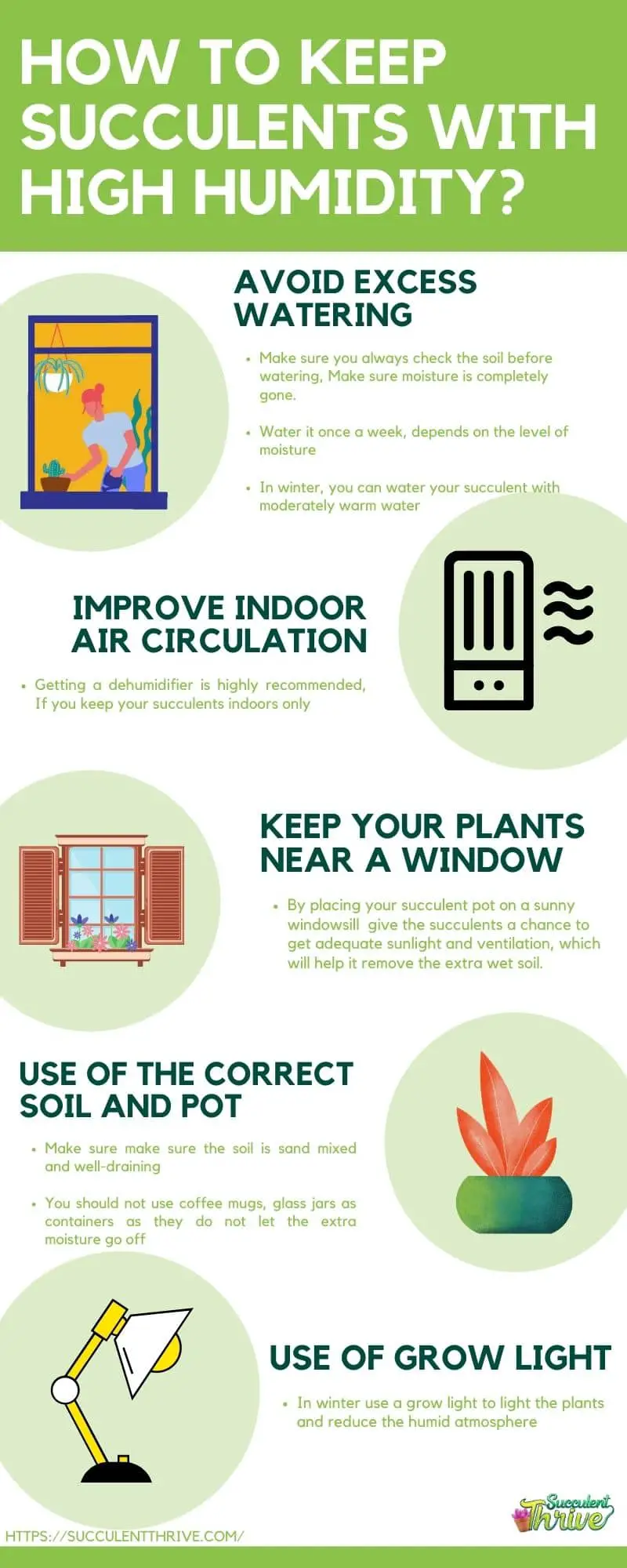
Helping succulents deal with high humidity
The best and the easiest thing you can do to deal with high humidity is to give your succulent enough sunlight. Further, you can help your succulent in the following ways. You should avoid excessive watering, keep the plants near a window to get enough sun light and ventilation, improve indoor air condition, use the correct type of soil to manage well-draining, and grow light in cooler seasons.
Methods for Improving Humidity Levels
You can improve the humidity level of your plants space in the below ways ;
a.Grouping Plants
You can place a few of your succulents together in groups but keep a small space in between them so that they share air and moist between them. They also can share the dirt moisture. This way, they won’t feel the humidity much.
b.Gravel Trays
You can place the succulents on a humidity tray that you can buy from a shop. The tray includes gravel or small pebbles in the water. The water level should be below the top of the pebbles so that the plants doesn’t soak up any water.
c. Humidifier or Dehumidifier
To improve the humidity indoors, you can use either a humidifier or dehumidifier. Cool mist and warm mist are the two types of humidifiers. They both add moisture to the air when it’s too dry (below 35%). Cool-mist humidifiers break water into tiny particles and then release moisture to your air. Warm-mist humidifiers, also called steam vaporizers, release a cooled down steam to the air from boiling water.
A dehumidifier takes moisture from the air when it’s too humid (above 50%) and blows dry air back to the air. It’s mostly a dehumidifier that the succulents would need to balance the moisture level in air that the plants requires. When you use your indoor heating during cold winters and dehumidifier for the plants, it’s better to keep a moisture bowl near if you see the plants are drying a bit due to the indoor heating.
It would be best not to keep these machines very close or so far from the plants. The ideal distance would be three to six feet.
How to keep succulents with high humidity OR in a humid climate
Below are a few things you can do at home to manage the air moisture level to keep your succulent healthy ;
Avoid excess watering
Succulents don’t like a lot of moisture so, the soil always needs to stay relatively dry. You need to be careful if you are growing a succulent, mostly indoors in a high humid environment. When there is high humidity, make sure you always check the soil before watering, and once watered, you should not water it again until the moisture is completely gone.
You may water it once a week, but it solely depends on the moisture level of the atmosphere. It’s the best way to manage succulent’s health. When the humidity levels is too high during winter, you can water your succulent with moderately warm water. Because slightly warm water makes it easy for the plants to absorb water fast and give the plants a feeling of warm desert rain and summer.
Improve indoor air circulation
If you keep your succulents always indoors, getting a dehumidifier is highly recommended as it works like a vacuum. It will first suck the wind in the room, collect moisture, and finally blow the dry air back to the environment.
Keep your plants near a window
By placing your succulent pot on a sunny spot by the windowsill will give the succulents a chance to get adequate sunlight and ventilation, which will help it remove the extra wet soil.
Read more on: Why Succulents Grow Tall
Read more on: Can you use ice cubes to water succulents?
Use of the correct soil and pot
By nature, succulent can take moisture from dry soil as they originate from the deserts. They store ample water in the fleshy leaves and sustain for a long time. So they don’t like to be in moist soil. When you pot or re-pot, make sure the soil is sand mixed and well-draining. Even the pots should have drainage holes if you place the plants in a humid atmosphere to let the moisture get out of the dirt.
In such cases, you should not use coffee mugs, glass jars as containers as they do not let the extra moisture go off, which will help keep more humid.
Read more on: Hawaiian Spider Plant succulent care
Read more on: Topsy Turvy Succulent (Echeveria runyonii) 21 Care tips
Use of grow light
Cold seasons like winter and end of autumn are mainly associated with high moisture level in air and, weather patterns favor the same by hiding the sunlight, creating cloudy days. You can use a grow light to light the plants and reduce the humid atmosphere on such days.
FAQ – So Do Succulents Like Humidity?
Do succulents like bathrooms?
Yes, some succulents can survive in bathrooms, while some won’t last long. The bathroom is the most humid place in your house, but it can be a warmer place because they are smaller in size, and the heat fastens the water evaporation. The thickness or fleshiness of succulent leaves decides the survival of a succulent. That means succulents with more fleshy leaves can survive in a bathroom as it can tolerate moisture thanks to their thick leaves.
But make sure to manage the humidity for your plants as it can hinder the growth and cause health issues for the plants. You can control the bathroom’s air moisture level by taking the plant out of the bathroom from time to time and keeping it outside, exposing it to sunlight, reducing the shower’s heat, keeping wet towels inside, keeping the plants by a bathroom’s glass window, and turning on an exhaust fan.
Before placing a succulent inside a bathroom, it’s better to check the varieties that can tolerate high humid area. Aloe vera and Echeverias are the most common succulents that can fit in bathrooms because of their fleshy, thick leaves. Those are the strongest of succulents that can survive in a humid condition. These beautiful succulents have a great visual appeal and will add elegance to your bathroom while contributing to the home’s greenery. They also filter the air.
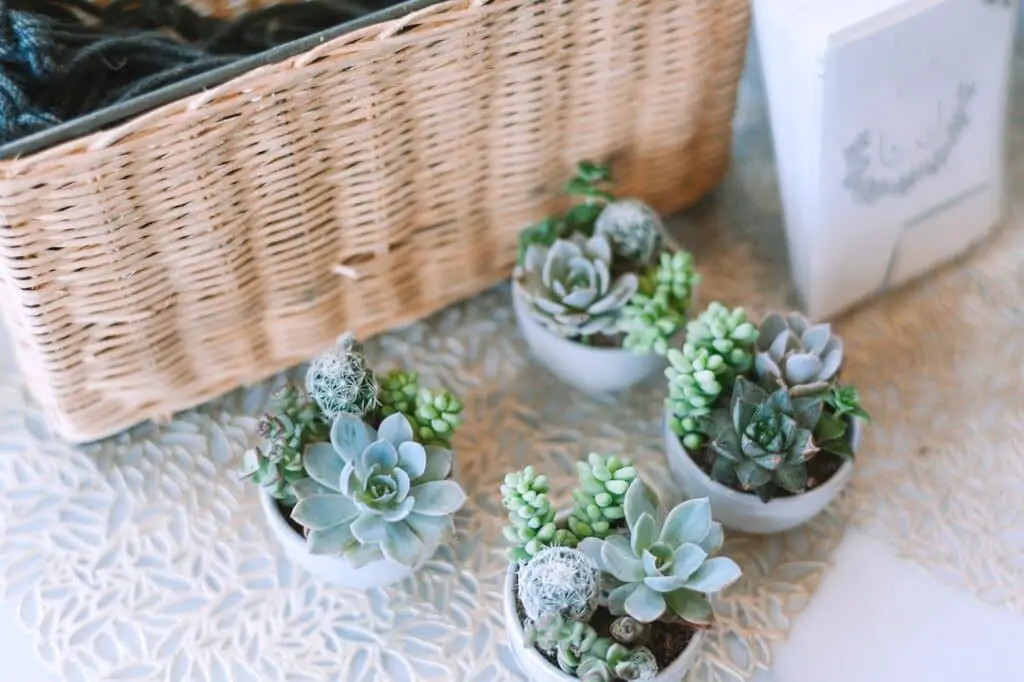
Do succulents and Cacti absorb humidity?
Yes, succulents generally have fleshy, hairy thick leaves that absorb the air’s available water and reduce humidity. Because the succulents used to live in dry, harsh environments where water is limited, so they have evolved to absorb the available water in the atmosphere. They have several ways of storing the absorbed moisture. They can store enough water in the leaves, stems, and roots.
Are humidifiers suitable for succulents?
Yes, especially if you have several indoor succulents in a large space, it is wise to invest in a humidifier that will help succulents grow better. It will be an ideal solution to save time and extra work if you have a busy schedule. Before picking a humidifier, you need to consider the room size, humidifier type (a humidifier or a dehumidifier) based on the house’s humidity levels.
Cool-mist and warm-mist are the two types of humidifiers. They release moisture to the air when it’s too dry (below 35%). A dehumidifier takes moisture from the air when it’s too humid (above 50%) and blows dry air back to the air.
Conclusion
High humid environment plays a major role in the growth and health of succulents. It’s good to know the requirements of the succulents you love to have, including the level of humidity tolerance, so that you can give the best plant care and get amazing results. Excess moisture can cause fungal problems to your succulent. You can follow several easy methods to balance or improve the high humidity level in your plant area.
To make it easier, you can even get a dehumidifier that removes moisture from the air and keeps the space dry. If you live in a humid atmosphere, you need to let your plant dry out completely before watering. As most succulents go inactive in winter as it’s their resting period, watering should be minimum (For example, once in two weeks) with close attention.
It’s better to keep them at a temperature of 50-60 degrees in winter. As it’s not possible to control the weather, you can always adjust other plant space-related conditions. Succulents Like Humidity
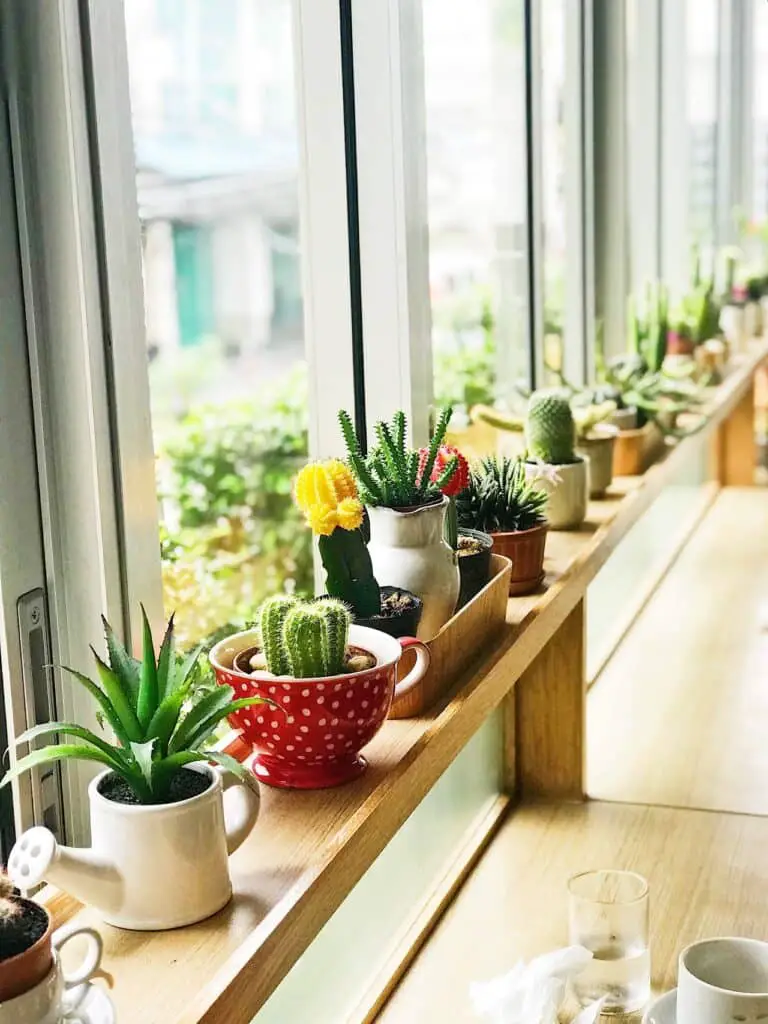
Read more on : How to Use Coffee Grounds for Succulents? Full Guide
